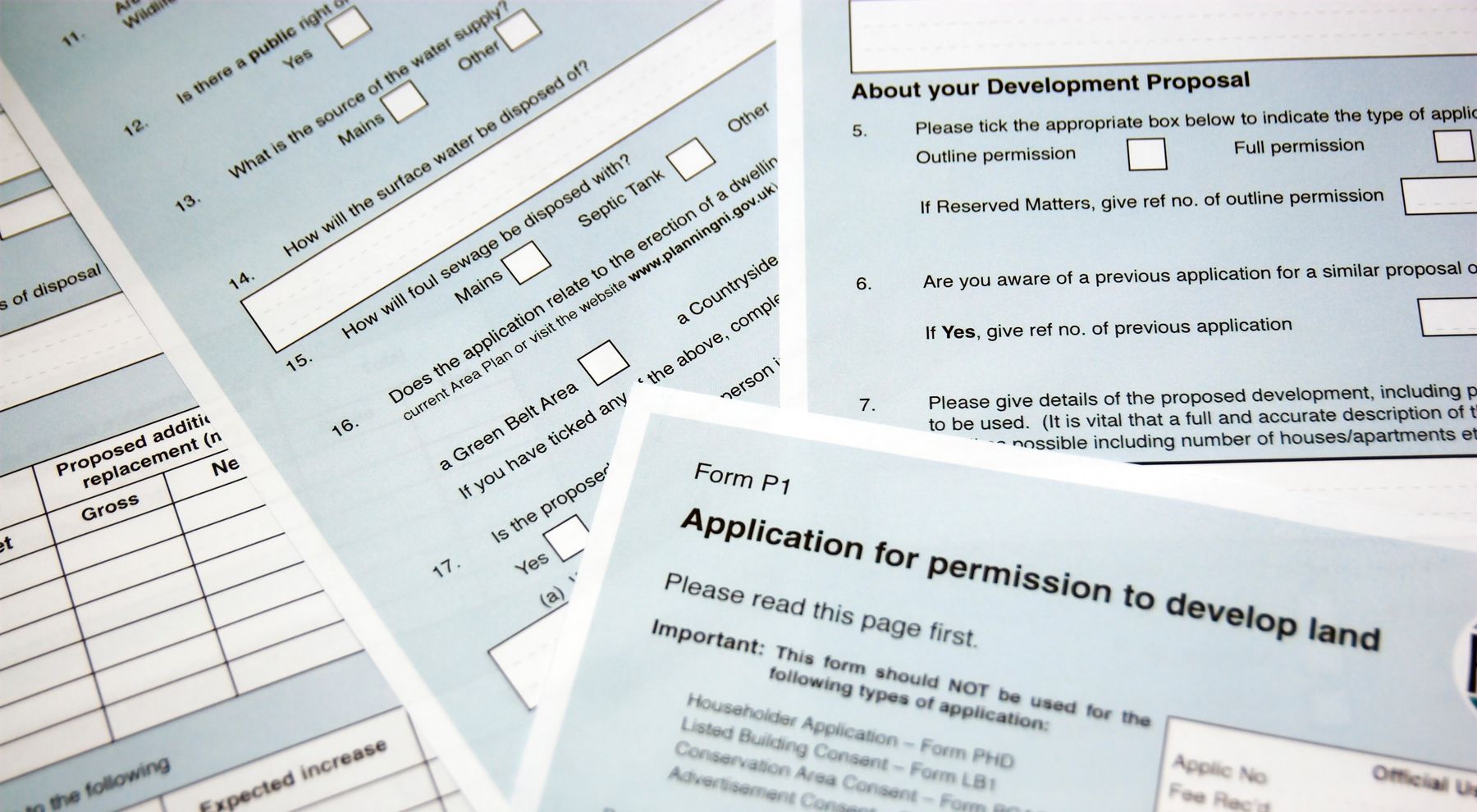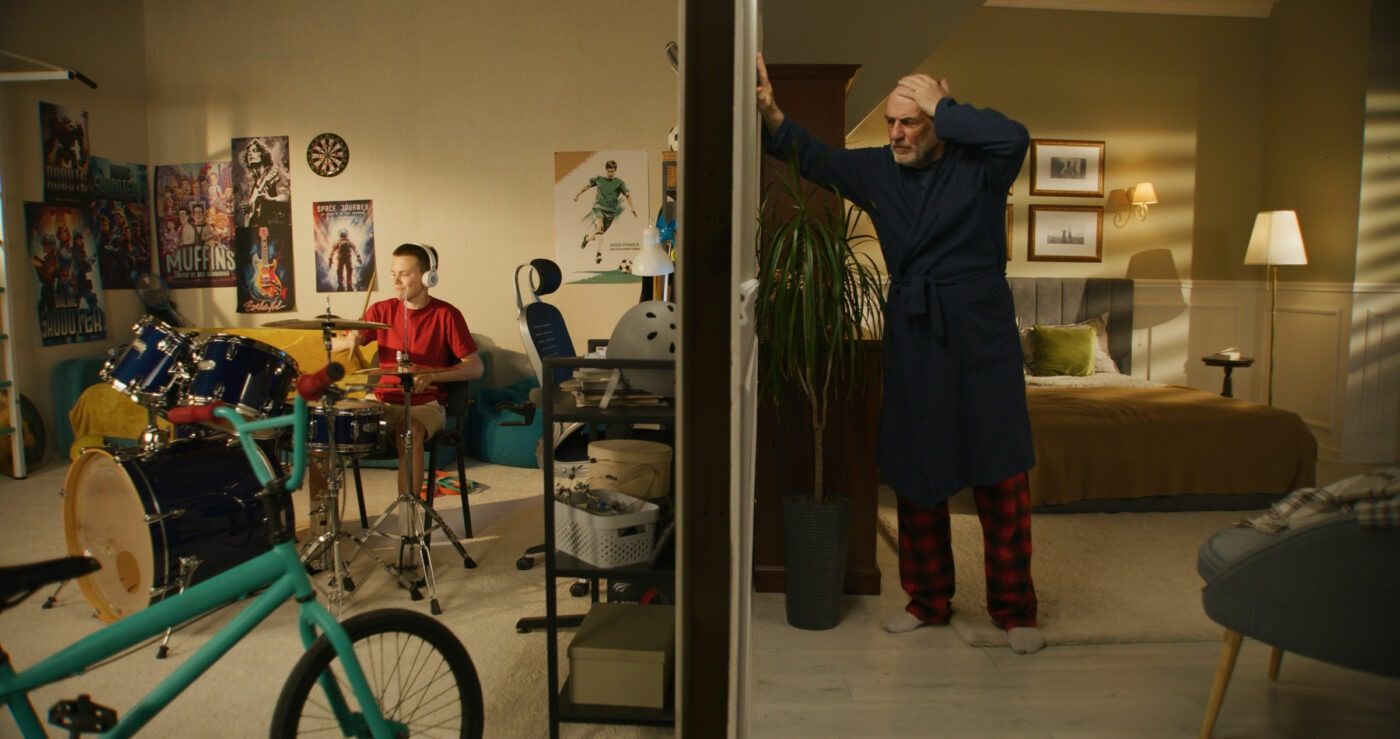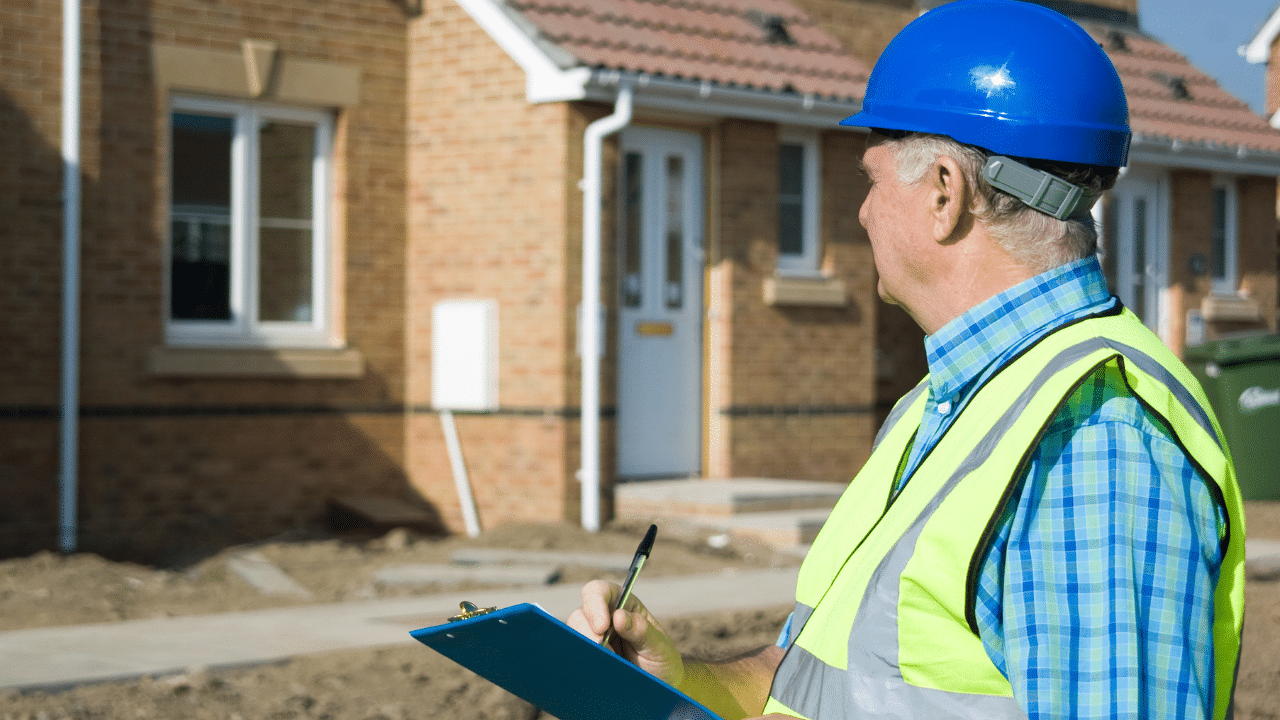Dilapidation Claims: How to Avoid Getting Stung

As tenants, you already pay thousands of pounds towards rent and security deposits every year, so the last thing you need is to be hit with hefty dilapidation claims at the end of your tenancy. It’s no secret that many landlords take advantage of tenants, by charging them for damages or repairs that they aren’t responsible for.
However, it doesn’t have to be this way. With the right legal support and understanding of your rights as a tenant, you can avoid having to pay for damages that weren’t caused by you.
What are dilapidations?
Simply put, dilapidations refer to the condition of the property either during the lease or when it expires. If you are under a commercial lease, it will likely include repairing covenants and often also include what is known as ‘yielding up’ provisions that explain the state and condition you must leave the property in when you leave.
If you do not comply with the obligations of your tenancy to carry out repairs, then your landlord may issue a ‘Schedule of Dilapidations” which sets out a list of items of damage and repair and what the respective costs are. Due to the nature of repairing obligations under most leases, non-compliance is very likely.
The landlord may serve this schedule before the end of the lease so you can carry out the repairs. Or it may be issued after, at which point you are unable to go back and do the work yourselves. In this case, a claim for dilapidations is a claim by the landlord for damages for breach of contract.
Top tips
To avoid dilapidation claims, follow our top tips:
- Ensure you are aware of what you are agreeing to at the beginning of your lease, get advice and negotiate your repairing obligations. If there are elements visibly in disrepair, ask your landlord to repair these before your move-in or make sure they are accurately reported in the Schedule of Conditions.
- During the term of your lease, make sure you stay on top of repairs and deal with any repairs that arise at the time, as well as set aside a dilapidations fund to pay for repairs at the end.
- Make sure you talk to your landlord before the lease ends. Be aware of any key dates or deadlines in your lease and instruct a building surveyor to understand your obligations. Use a solicitor and building surveyor when you receive a Schedule of Dilapidations from your landlord.
At Simon Levy Associates, we offer help with dilapidations through
dilapidation reports and dilapidation inspections. If you feel your landlord is making unfair claims for dilapidations,
reach out to the experts at Simon Levy.











